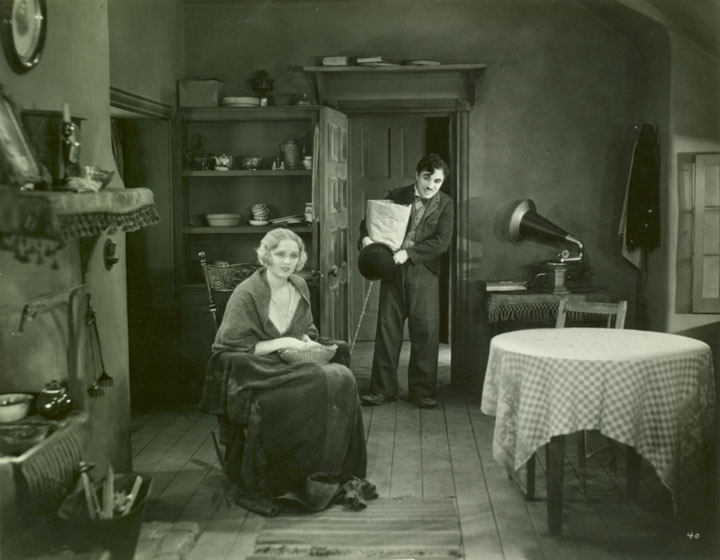#85-- City Lights (1931)
How do you communicate love to one who cannot see?
Blind people aren’t stupid. Far from it. However, to be missing one of
the more foundational abilities—hearing, sight, speech—makes it difficult to
communicate. Humans have created
substitutes for the normal modes of communication for the “impaired”—braille,
sign language—but those are specialized skills that most people do not have.
Love is a sensitive matter to
communicate. To display caring can be
difficult without some good non-verbal communication. Romantic feelings are even more sensitive,
for it is a dance of desire and attraction that one plays to avoid rejection or
offense. When the Little Tramp, the
master of non-verbal communication—falls in love with a lovely blind girl, how
can he communicate that? How can she
know what he feels? All the complexities
and difficulties inherent in love is just that more difficult and complex.
The Little Tramp decides that he will give
her the miracle of sight, by paying for an operation. This poses another difficulty—the Little
Tramp, he who has eaten his shoe in the past—finds it difficult to meet his own
needs. How can he afford an
operation? Love always finds a way. Love finds a way to communicate. Finds a way to overcome each and every
hurdle. Yes, this is a romantic view of
life. But for an hour and a half we want
to live in that world, where love conquers all.
Fun Fact: Although City Lights was made after
sound had overtaken all silent cinema, Charles Chaplin determined to make this
film as a silent. Despite the public’s
general determination that silent films were passé, City Lights succeeded both
critically and financially.

No comments:
Post a Comment